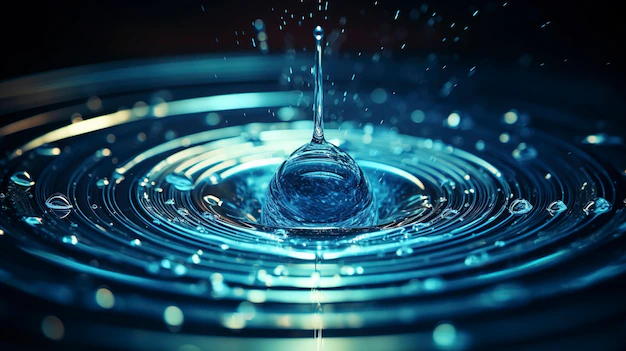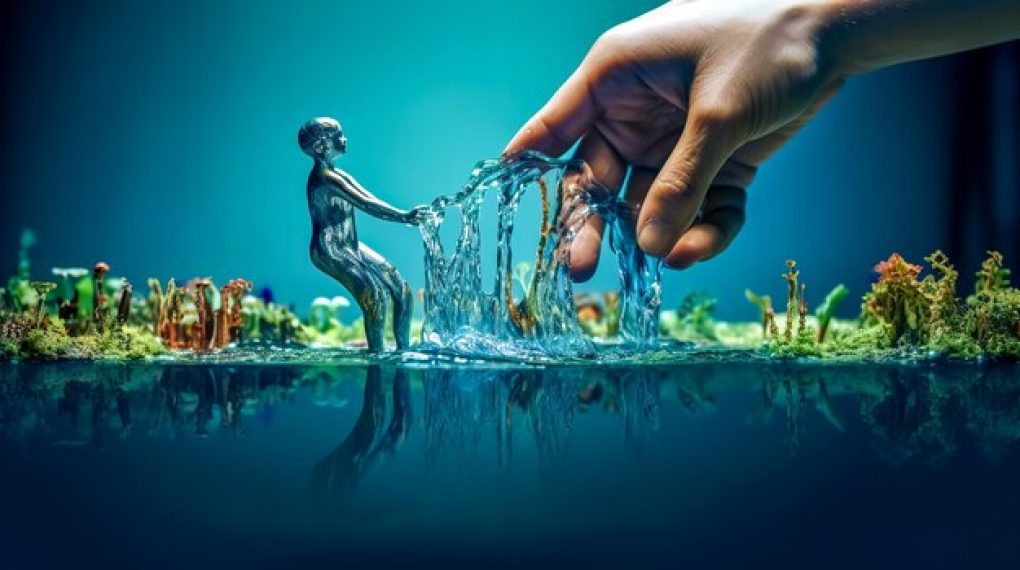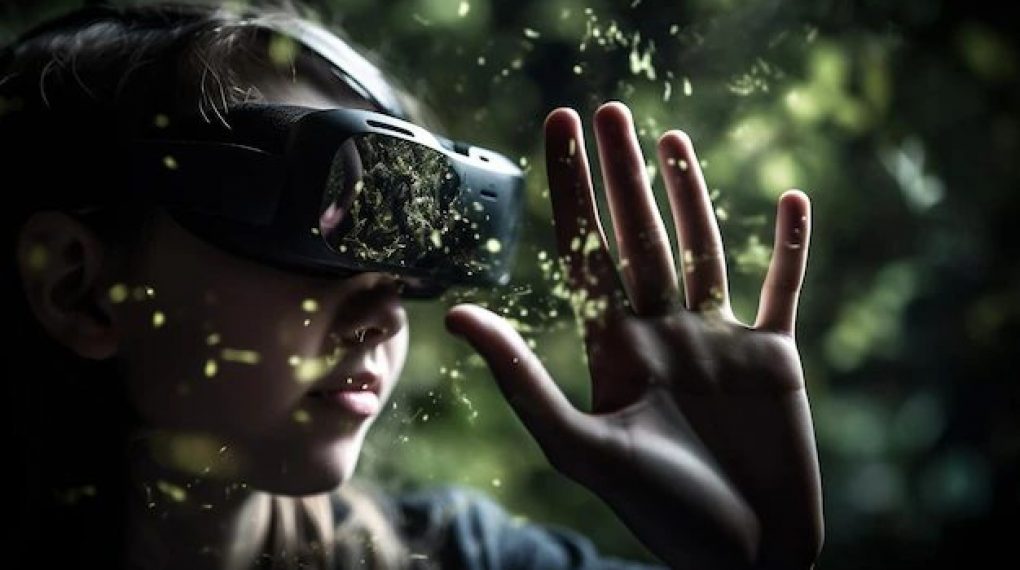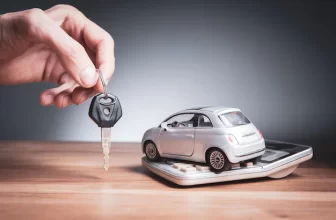
Welcome to the future of water damage solutions where technological advancements are shaping new strategies and approaches.
This post looks into these fast-progressing developments that are changing how people detect, prevent, and restore water damage!
Evolution of Water Damage Solutions
In the past, tackling water damage happened reactively, post-incident, with invasive methods and limited tools. Procedures were often time-consuming, expensive, and inefficient. It was challenging to spot issues until substantial damage had already occurred.
Thankfully, technological progress over the years has revolutionized the industry. More agile, less intrusive ways have reduced downtime and cost while increasing efficacy. Now, journey together into this exciting realm of advanced water damage technology solutions.
The Present Landscape
The present landscape of water damage solutions is bustling with technological innovation. With a sharper focus on prevention rather than remediation, experts now leverage technology to detect potential hazards early on. The objective is to mitigate risks and reduce the scale of potential damage.
New generation devices and techniques aim to provide accuracy, speed, and automation in detecting water leaks or moisture sneaking in unseen places. Advanced methodologies also help forecast potential disasters for better preparedness.
Checking Specialist Water Damage Blogs
Staying updated on new trends or tech insights is crucial for clients and specialists alike who deal with water damage solutions. These articles offer a rich source of information about the latest strategies, tips, best practices, case studies, statistics, trends and more from industry leaders such as the Water Damage Specialist – and you can check their blog here.
These platforms offer a community space where readers can directly interact with subject matter experts or share experiences. They provide invaluable knowledge that can help navigate this ever-evolving landscape.
Smart Sensors for Detection
Real-time monitoring is the name of the game when it comes to early detection. Smart sensors play a critical role here. When installed in vulnerable locations such as basements, plumbing lines, or near appliances, they can detect abnormal moisture levels or sudden temperature changes.
These sensors trigger alerts allowing quick actions before a minor leak turns into a major disaster. The combination of smart sensors with mobile technology allows tracking conditions remotely and taking swift action when needed.
Infrared Technology Innovations
Infrared technology innovations have introduced a non-invasive method to detect moisture content in materials. It uses thermal imaging which shows temperature differences on surfaces which may indicate underlying water damage.
The advantage is that this technique can survey large areas quickly without any physical contact with the surfaces. It’s therefore particularly useful for delicate materials where traditional methods may cause further damage.
Artificial Intelligence and Machine Learning

Artificial Intelligence (AI) and Machine Learning solutions have brought complex pattern recognition capabilities into play. These technologies process vast amounts of data at lightning speed, identifying patterns and trends far beyond human capabilities.
Apart from instantaneous leak detection, such systems can predict potential water damage patterns based on historical data. Proactive preventive measures, rather than reactive remediation, are now a possibility with AI and Machine Learning in the mix.
Importance of Data in Prediction
Any discussion on modern water damage solutions will not be complete without recognising the integral role data plays in the process. Essentially, data collected from sensors, infrared technology, drones and the like act as the foundational blocks for AI and Machine Learning algorithms.
The datasets involve parameters related to weather patterns, structural integrity, humidity levels etc., recorded over time. Predictive models can then form anticipatory strategies by interpreting these data markers. As a result, faster responses, reduced operating costs and minimize damage become achievable realities.
Rise of Automated Water Shutoffs
In an era that prioritizes efficiency, automated water shutoff systems have found wide acceptance. These advanced tools comprise smart sensors and automatic water shutoff valves that instantly stop water supply when a leak is detected.
Thus, wait times for personnel to arrive and halt water supply are no longer permitted to add to the severity of the situation. Coupled with remote accessibility features, these automated systems ensure round-the-clock active leak protection for properties.
Mold Tracking Technology
Despite effective water mitigation practices deployed after any damage incident, mold can still sneak in silently. Thanks to the innovative mold tracking technology, it is feasible to spot this uninvited guest before it wreaks havoc.
Specific devices aimed at mold detection enable the measurement of airborne mold spore counts. Air samples collected periodically let experts track mold growth development and speed up the remediation process accordingly.
Advancements in Drying Technology
No longer does drying a water-damaged space involve nothing more than deploying a series of fans or heaters. To escalate the evaporation rate after removing excess water, contemporary drying technology employs commercial-grade dehumidifiers and high-speed air movers.
A critical advantage offered by these devices is they tackle the situation without requiring relocation. Further, they are more energy-efficient and provide thorough drying faster – a crucial element in preventing mold growth.
Cloud Computing in Disaster Recovery
The capacity of cloud computing to store and manage extensive data has offered an effective solution in disaster recovery scenarios. All valuable information related to water damage restoration, client details, job progress updates etc., gets stored in the cloud space, ensuring uninterrupted access despite possible physical damage to the local systems.
Moreover, the scalability feature of cloud computing allows rapid adjustments according to changing requirements, thereby making disaster management more agile and efficient.
High-Tech Dehumidification Methods
To amplify the outcomes of drying procedures post water damage, advanced dehumidification methods go hand-in-hand. Technically superior dehumidifiers regulate moisture levels and prevent condensation buildup that could further lead to mold growth or structural damage.
Such high-tech equipment not only accelerates drying times but also minimizes interventions. The whole process becomes well streamlined and more manageable.
Using VR for Training Purposes

Virtual Reality (VR) proves its worth in training professionals to handle water damage restorations efficiently. By simulating real-world environments, VR provides a safe space to practice without danger or potential errors causing real damage.
Trainees get opportunities to explore various scenarios, implement strategies, and gauge outcomes. This hands-on approach enhances learning experiences, paving the way for more skilled professionals in the industry.
IoT in Monitoring and Prevention
The Internet of Things (IoT) deserves a mention for its transformative power in water damage mitigation. IoT-enabled devices can monitor a myriad of parameters like temperature, humidity, pressure etc., in real-time that unveil potential red flags.
Ideally placed within the building’s infrastructure, they interpret data, identify anomalies and send alerts when things go south. Remote monitoring becomes a reality as these devices connect to your smartphone or tablet, enabling swift and decisive preventive action.
Future Tech Trends for Water Damage
Given the speed with which technology evolves, it stands to reason that the future of water damage solutions holds more intelligent trends. In a few years, you might see AI-controlled drones and robots to inspect structures even in precarious conditions.
Expect Life Cycle Assessment (LCA) software to become mainstream that’d predict a building’s life span while quantifying possible repair costs. Managed Detection and Response (MDR) services may gain popularity offering round-the-clock threat intelligence and incident response capabilities.
Looking Forward
Technology is profoundly reshaping the landscape of water damage solutions. The integration of advanced tech trends has made people’s approach proactive rather than reactive. From detection to prevention and restoration, adopting these trends will become crucial to overcome the challenges posed by water damage more efficiently and cost-effectively. After all, it’s about preserving the most valuable spaces – homes and workplaces!
Read Also:






